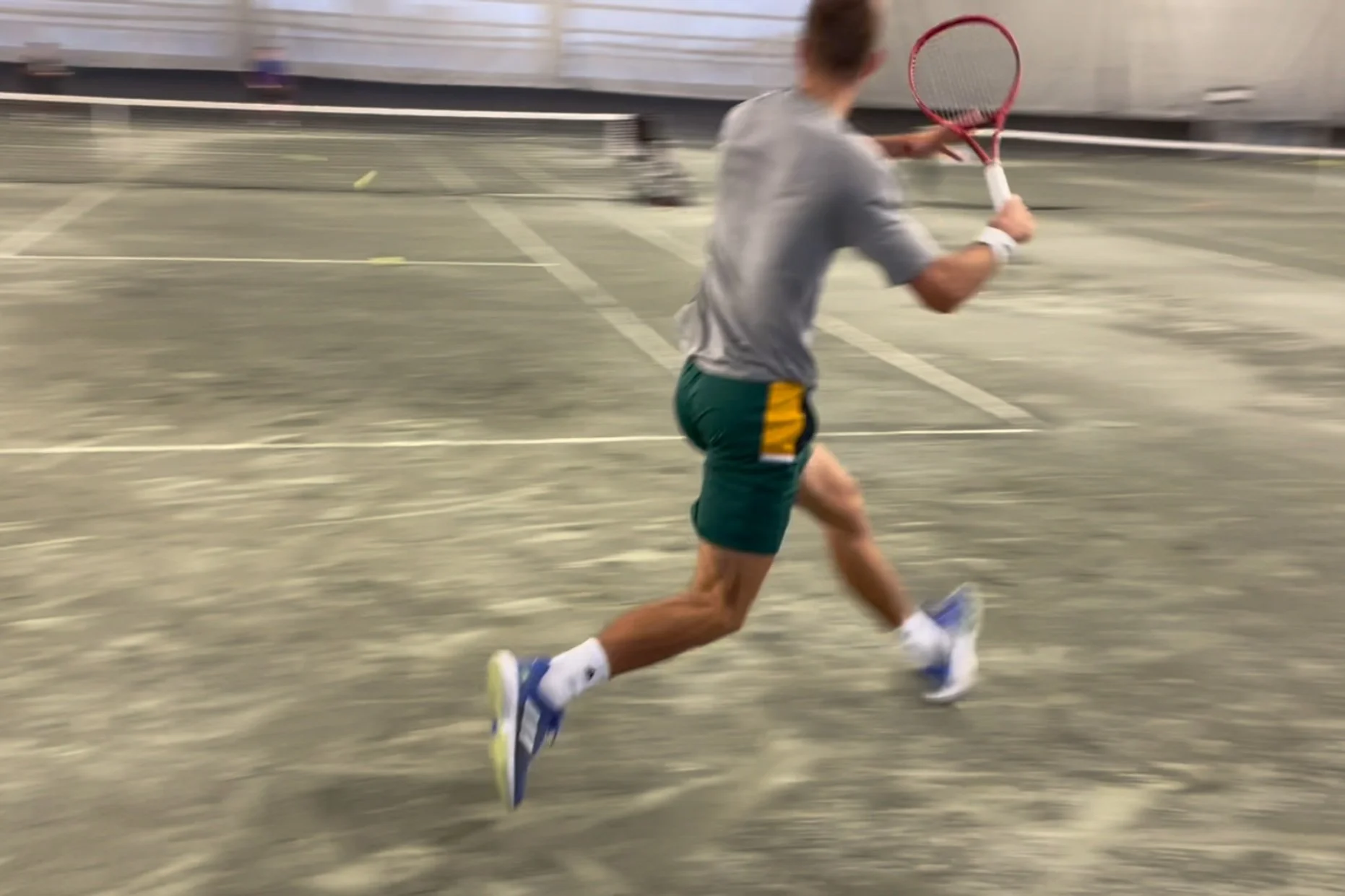Specific tennis fitness tests that take into account technical efficiency, have been validated scientifically (part 1) and could be considered ‘gold standards’. But these tests are exclusively reserved for players in well-structured centres because of the detailed methodology necessary for successful execution.
For years, national federations have used the multistage fitness test (or 20m shuttle run test) to evaluate aerobic fitness due to its practical implementation and ease of use. However, though it involves change-of-direction (COD) movements, it’s still a continuous incremental test and does not represent the intermittent characteristics of tennis play.
Not long ago, I received the following question “What are some fitness tests I could run my tennis players through. Just some measurements they could aim to improve?”.
This question actually comes up time and again. For me, the question has layers…
You see, I’ve gone down the rabbit hole of testing on many occasions - you know what I’m referring to...going through a battery of tests, recording sprint times, jump heights and so on…
And never really using the data in any meaningful way.
The ability to respond quickly and efficiently to an oncoming shot, is perhaps one of the most important qualities a tennis player must possess. This ability is predicated on a number of factors including anticipatory skills, perception skills - picking up cues from the other side of the net, judging the ball appropriately etc. - along with physical qualities, one of them being reactiveness. Further to that, it helps when a player has tremendous change of direction (COD) abilities. Why? Because the player that can recover more efficiently after their previous shot, has a better chance to not only better 'see' the next shot, but also has the ability to respond to that shot with less ‘emergency’ - a term many coaches use.
This is the second post on testing athletic qualities in tennis. In the first post, I outlined what to use with tennis players to determine their strength abilities, explosiveness and acceleration. Check out that post here. In this post we’ll look at 4 other athletic qualities every tennis player should train - max speed, agility/change-of-direction (COD), power and endurance - AND how to test these qualities.
In a previous post, I outlined the physical demands during tennis play and briefly explained how these demands can be addressed through strength training. Many coaches believe that once you assess the demands, programming begins. Well…almost. Before we can begin putting a plan together, we must determine the specific needs of your athlete. This is generally done through various means, including - but not limited to - testing, questionnaires, conversation, observation, tracking and so on. This article will focus on physical testing as it relates to tennis play.





